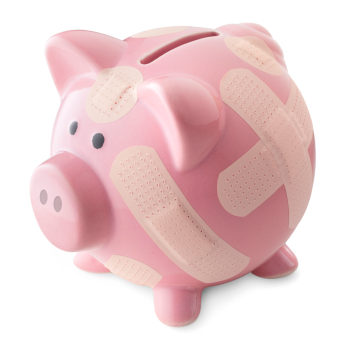How to Break the RRSP Loan Cycle | Invest in RRSPs Without Borrowing
Q: Every year when I hear the RRSP deadline ads, I head into the bank, take out an RRSP loan and try to pay it back before I need another loan next year. Retirement seems so far off for me so I don’t spend much time thinking about it. But, I’m starting to wonder how I’ll ever get ahead if I always end up taking out a loan for my RRSP. What can I do to get out of this trap?
A: The good news is that you are making RRSP contributions, but you’re not realizing the full value of your contributions because you’re paying interest on your loan. The trick to breaking the cycle of borrowing to invest will be to change your reactive approach to a proactive one.
Rather than playing catch up each year with a loan, you need a plan that will allow you to make monthly contributions without borrowing.
How to Stop Playing Catch Up with Contributions
There are steps you can take to change how you make your RRSP contributions and get out of the cycle of borrowing to invest. Here’s how:
Extend the Term of Your Loan
Speak to your lender about extending the term of your loan. Paying it off over two years will decrease your monthly payments by nearly 50%. Smaller payments will free up some funds to start regular contributions to your RRSP that aren’t borrowed. In addition, use any extra money you receive towards paying your loan down faster.
If you’re curious, use a financial calculator to see how much your debt is costing, how much debt you can afford and how your savings will add up.
Find the Money You Need to Invest
When you receive your tax refund this year, apply it against your loan. This will help pay the loan off faster and reduce how much interest you pay overall.
There’s no magic when it comes to finding money for savings. Start by creating a realistic household budget. Review all of your expenses carefully and look for ways to cut back. This will allow you to better balance loan payments with small monthly RRSP contributions. We even have a tool that can help you create a realistic budget and find areas to trim your spending.
Ask your employer to reduce your tax rate based on how much you are contributing to your RRSP. This will leave a little extra money on your pay cheque to help you meet your RRSP contribution goal.
For a lot more ideas of places to find money, check out this list.
Make Saving Automatic
The most reliable way to contribute to an RRSP is to have the money come right off your pay cheque. Set this up with your financial institution or your employer.
Good Habits Early On Lead to a More Secure Retirement
Know that you will have a year or so of transition as you work towards contributing to your RRSP without depending on a loan. During this time, your contributions to your RRSP will be less, but you will be well on your way to breaking the RRSP loan cycle. Once your loan is paid off, add the money that you were paying towards your loan to your monthly RRSP contributions.
Even though retirement may still be years away, now is the time to prepare.
Related article: How to Use a Balanced Approach to Pay Off Debt & Invest in RRSPs
More Free Financial Calculators
